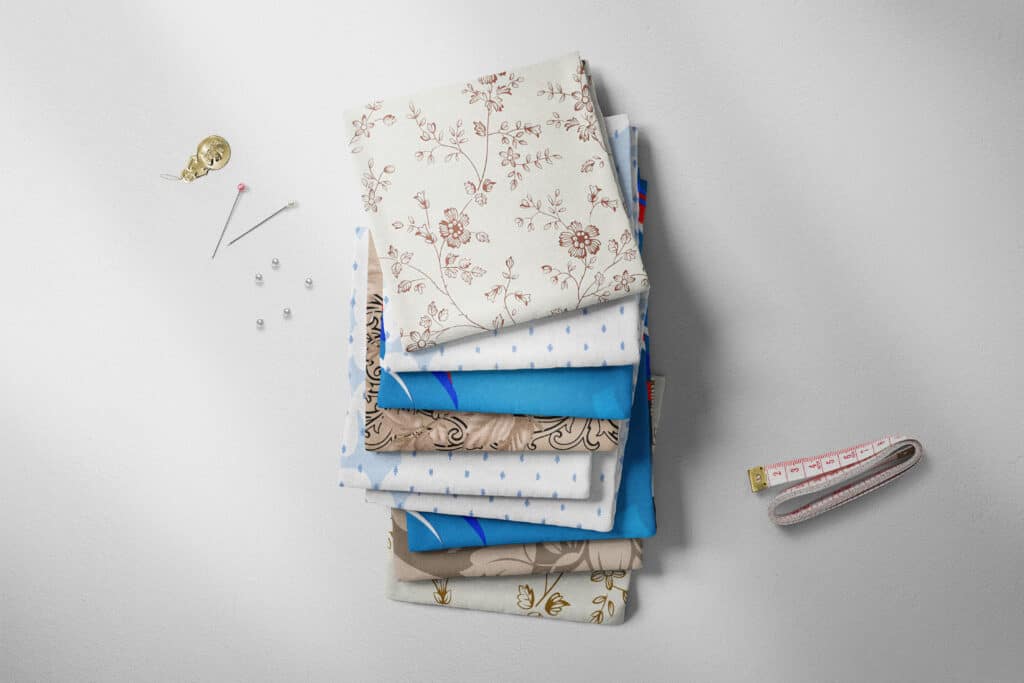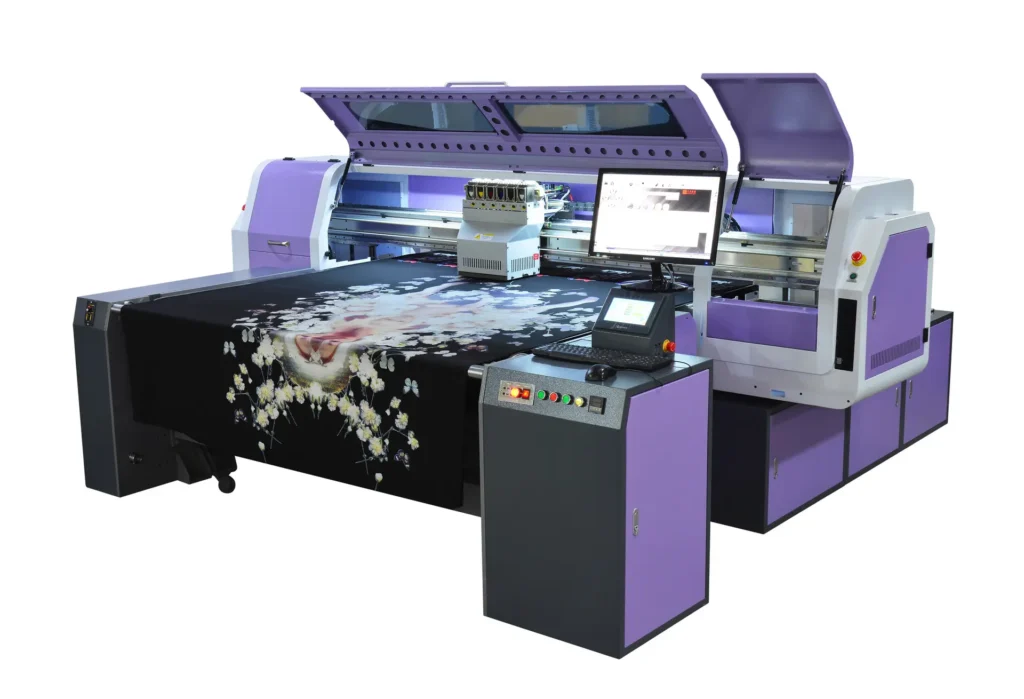A Complete Guide of Digital Print Fabric
Digital fabric printing, often referred to as digital textile printing, is a cutting-edge technique that’s transforming the world of fabric design. This comprehensive guide is your one-stop resource for understanding everything about digital fabric printing.
Whether you’re just starting out or you’re already well-versed in the field, this guide is designed to provide valuable insights for all skill levels, covering the basics to the more advanced aspects of digital fabric printing.”
Why I write this blog?

When I first delved into the world of digital textile printing, I found myself searching for a comprehensive resource to learn all its aspects. Realizing the need for a thorough, accessible guide, I decided to create one. This resource is tailored for those who share a keen interest in digital fabric printing, much like I did. My hope is that this guide will offer you a shortcut to the wealth of knowledge I’ve gathered, saving you time and effort on your journey.
Table of Content
What’s Digital Printing on Fabric?
Digital fabric printing is the process of transferring a design onto fabric using inkjet technology. Unlike traditional printing methods that use screens or blocks, digital printing involves applying the dye or pigment directly onto the textile from a digital image file. This method is akin to printing on paper, but with fabric as the medium.

How Digital Textile Printing Works?
How it works
Design Creation: The process begins with a design, which is created or modified using computer software. This digital design can include an unlimited range of colors and intricate details. And of course, it can also be one of your photos save in your phone or some other your preferred images.
Fabric Preparation: The chosen fabric is prepared to receive the ink. Preparation methods vary based on the type of fabric and the ink used.
Printing Process: Using a specialized fabric printer, the design is printed directly onto the fabric. The ink is precisely and accurately sprayed onto the material, creating vibrant and high-definition prints.
Post-Processing: After printing, the fabric undergoes processes like steaming, washing, and drying to set the ink and ensure color fastness.
Other Traditional Fabric Printing Methods

Screen Printing
A method involving the transfer of ink onto fabric through a mesh screen, one color at a time. It’s highly favored for large volume production due to its efficiency in replicating designs.

Rotary Printing
Similar to screen printing but uses cylindrical screens that rotate in a fixed position. It’s known for its speed and ability to produce continuous patterns.

Block Printing
One of the oldest printing techniques where carved wooden blocks are dipped in dye and stamped onto fabric. It is celebrated for its artisanal charm and the unique character of each print.
Pros and Cons: Digital Print vs. Traditional Methods
The comparison between digital and traditional fabric printing methods can be best understood through a direct comparison:
Aspect |
Digital Printing |
Traditional Methods |
|---|---|---|
|
Setup Time |
Quick setup and no need for physical screens or blocks |
Longer setup time due to the need for creating screens or blocks |
|
Design Complexity |
Allows for complex, detailed, and multi-colored designs |
Limited by the number of screens or blocks; best for simpler designs |
|
Cost for Small Orders |
Cost-effective for small batches due to lower setup costs |
Less cost-effective for small runs due to higher setup costs |
|
Color Range |
Unlimited color options and gradients available |
Color range limited by the number of screens used |
|
Eco-Friendly |
Generally uses less water and ink, producing less waste |
Typically uses more water and dye, leading to higher waste |
|
Fabric Feel |
Maintains the natural feel of the fabric |
Can affect the hand feel of the fabric, depending on the technique |
What Future Holds for Digital Print Fabrics?
The trajectory of digital print fabrics is marked by practical innovations and industry advancements. As we look ahead, several key developments are set to shape the landscape of digital fabric printing:
Enhanced Material Compatibility: Ongoing research is expanding the range of fabrics compatible with digital printing. This advancement will open up new markets, including those that traditionally relied on specific materials unsuitable for digital printing.
Higher Production Speeds: Advancements in printer technology are aimed at increasing the production speed without compromising on print quality. This will enable digital printing to become more competitive for large-scale orders, bridging the gap between digital and traditional methods.
Improved Sustainability: Digital printing is already known for its reduced waste and lower water usage. Future innovations are expected to further minimize the environmental impact, with advancements in eco-friendly inks and energy-efficient printing processes.
Integration of AI and Automation: The incorporation of artificial intelligence (AI) and automated systems will streamline the design-to-print process, making it more efficient and reducing human error. This could include automated color matching and pattern placement.
Customization and Personalization: As consumer demand for personalized products grows, digital printing is well-positioned to offer bespoke and limited-edition prints. This trend will likely continue, with more brands offering personalized design options for their customers.
Cost Reduction: As the technology becomes more widespread and production scales up, the overall cost of digital fabric printing is expected to decrease, making it more accessible for a broader range of businesses and applications.
The future of digital fabric printing is not just about technological advancements but also about meeting the evolving needs of the market. It holds the promise of greater efficiency, sustainability, and creativity in fabric printing.
About EPOCKETEX
10 years experience in digital print fabric manufacturing
Epocketex is an advanced digital fabric printing manufacturer, adept at handling both samm and large-scale orders for a large variety of fabric.
Why print with us?
- We are OEKO-TEX Standard 100
- No minimum order, no burden
- Printing and shipping cost reasonable
- Discount for normal and wholesale account



